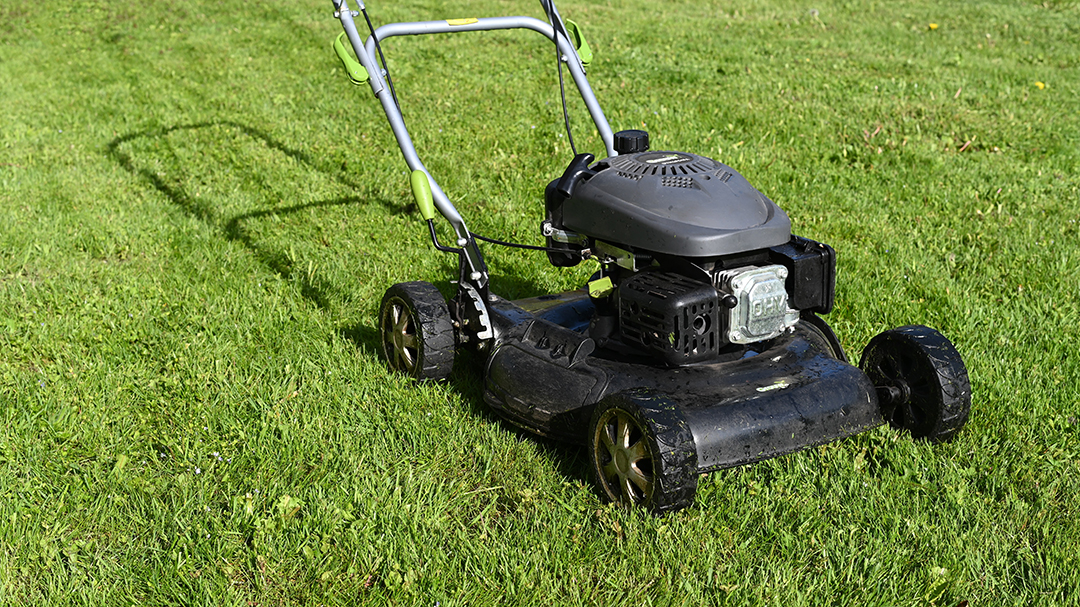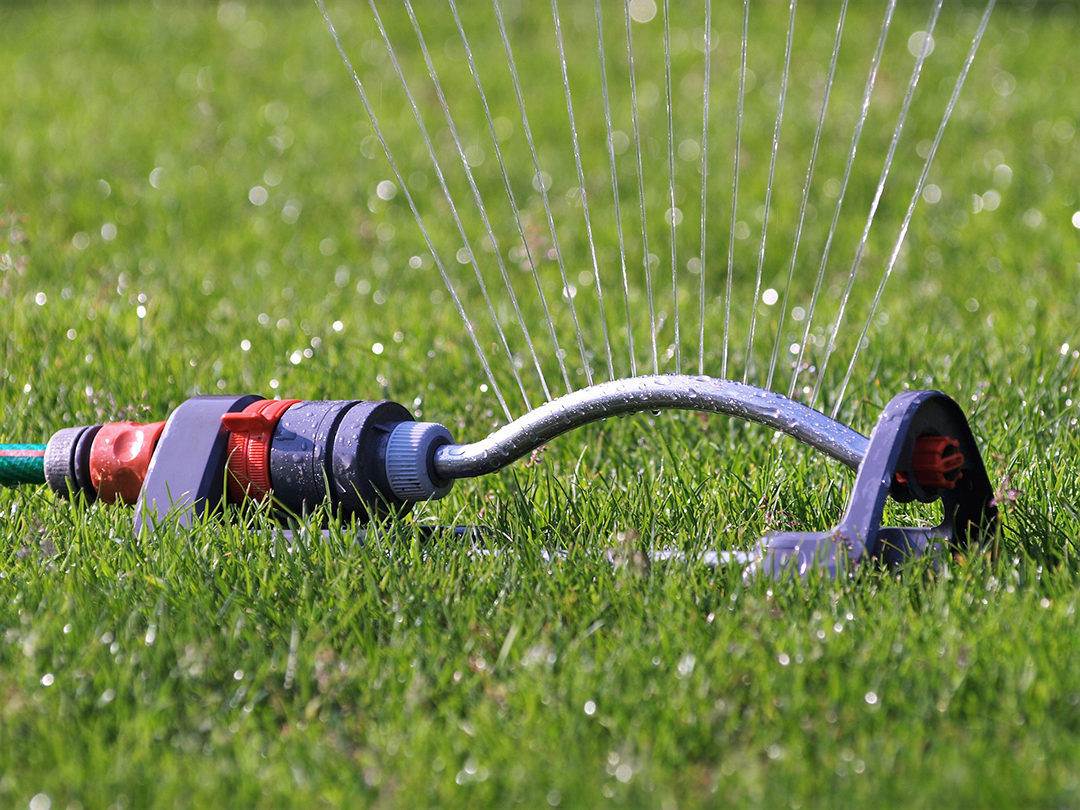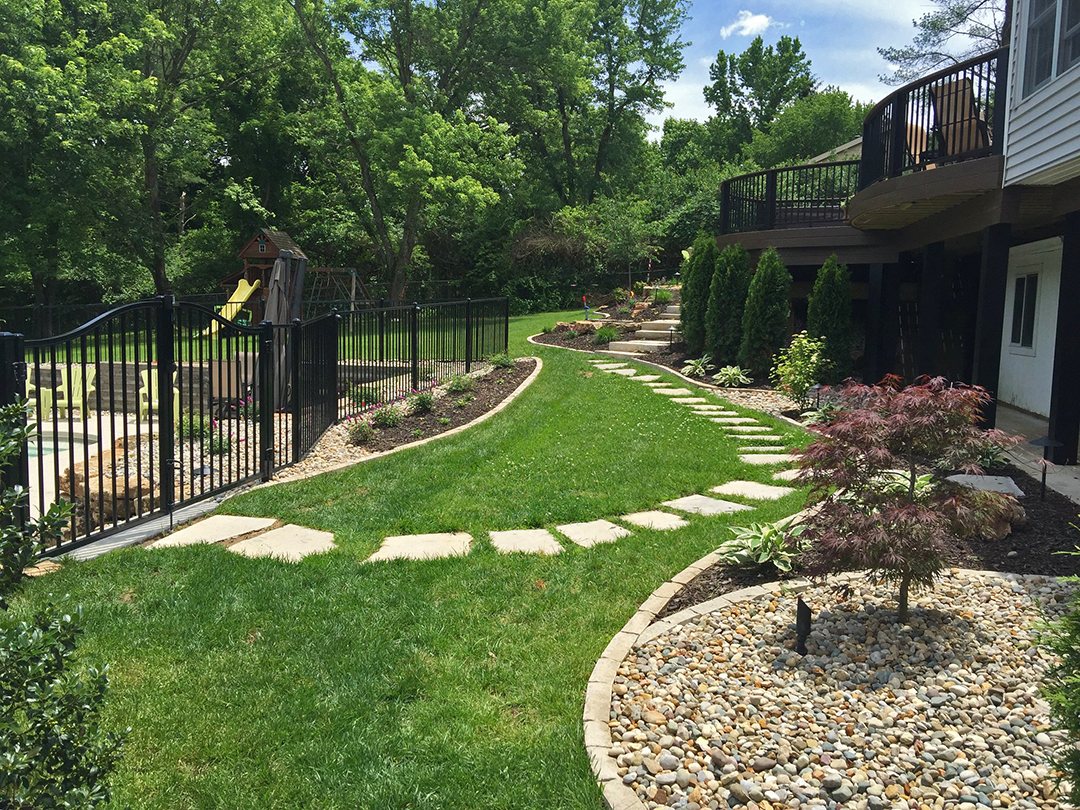
If there’s one thing we know for a fact about summertime in St. Louis, it’s that it’s hot...like really extremely, brutally hot. Plus, as if the excessive temps weren’t uncomfortable enough, we can sometimes go days or even weeks on end without seeing a single drop of rain. Just as these intense conditions take a toll on St Louis’ human inhabitants, they affect its other living organisms, including plants and grass, as well. As summer quickly fades into fall, now is the time to be thinking about what you can do to help your lawn recover from the heat and stress of summer in preparation for the winter months ahead.
Consistently mowing your lawn keeps it looking neat and tidy, but mowing too short can actually do more harm than good. Taller, thicker grass provides more shade for soil, which in turn helps to shield root systems from the heat and slow water evaporation. Also, because grass stores most of its moisture in its leaves, longer blades are more hydrated and resistant to drought.

In addition to keeping your mower blade high, it’s also important to keep it sharp. Dull mower blades shred grass rather than cutting it, causing grass blades to lose more moisture than they would with a clean cut. This is imperative because the more moisture the grass retains, the better equipped it is to withstand the St. Louis summer heat. Shredded tips also tend to turn brown and are more prone to disease. Always mowing with a sharp blade will help to ensure that your grass remains healthy and is better equipped to protect itself against heat, drought and disease.

Like any plant, grass requires water to grow and flourish. However, in order to be effective, it is critical that you water correctly and at the proper time of day. The most efficient time to water your lawn is in the morning between the hours of 6 am and 10 am. This will allow the grass to soak up the moisture before the afternoon heat causes it to evaporate. Watering in the morning also gives the lawn time to dry off before nightfall. This is crucial, as standing water creates the perfect conditions for fungus and other diseases. As a general rule of thumb, you should water your lawn about one inch per week.
This may sound ludicrous, but walking on your lawn actually can do significant damage. When grass is dry (as it typically is during the summer), it can easily be crushed by foot traffic and other heavy objects. In addition to damaging the blades themselves, this also causes the soil underneath the grass to become more compacted, which in turn prevents air from reaching the grass roots.
One very simple and effective way to inhibit heavy foot traffic on your lawn is to make sure that your outdoor spaces have adequate paths and walkways. This will allow your family and guests to traverse the area without actually walking on the grass itself. If you are interested in adding some pathways to your outdoor space, the landscaping professionals at Flora can design and install the perfect hardscaping for your St. Louis home.

Aerating refers to the process of removing plugs of soil from your lawn so that air can circulate through the ground. This helps to relieve soil compaction and makes it easier for water to penetrate the surface and reach grass roots. Aerating in the fall allows your lawn to recover from the heat and drought of the summer more quickly. Of course, it is nearly impossible to puncture the ground when it is extremely dry, so it is best to aerate immediately after watering or rainfall.
Aerating also creates the perfect opportunity for you to overseed, as the holes in the ground guarantee that the seed will reach the soil. For best results, choose a type of grass that is tolerant of both heat and drought. Some good options for St. Louis lawns include Tall Fescue, Bermudagrass and Zoysia. Kentucky Bluegrass is another popular choice in the St. Louis area, but it does require more maintenance and watering during the summer months to keep it looking its very best.
Just like people, plants can become stressed when they experience harsh conditions, including the heat and drought of St. Louis summers. Stressed out grass doesn’t grow, so fertilizing in the summertime is essentially pointless. Instead, feed your lawn in the springtime before the hot, dry weather arrives. Most fertilizers will hold onto the vital nutrients and release them when they are needed. You can also help your lawn to recover from the stress of summer more quickly by fertilizing again in the fall after the temperature has cooled and rain has returned.
Your lawn is one of the first things that people notice when visiting your home, so of course you want to keep it looking great year-round. This isn’t always an easy task for St. Louis homeowners, but these suggestions will certainly help!
To speak with one of our experts about adding landscaping or hardscaping to your St. Louis home, give us a call at (636)728-1520 or fill out our online contact form.